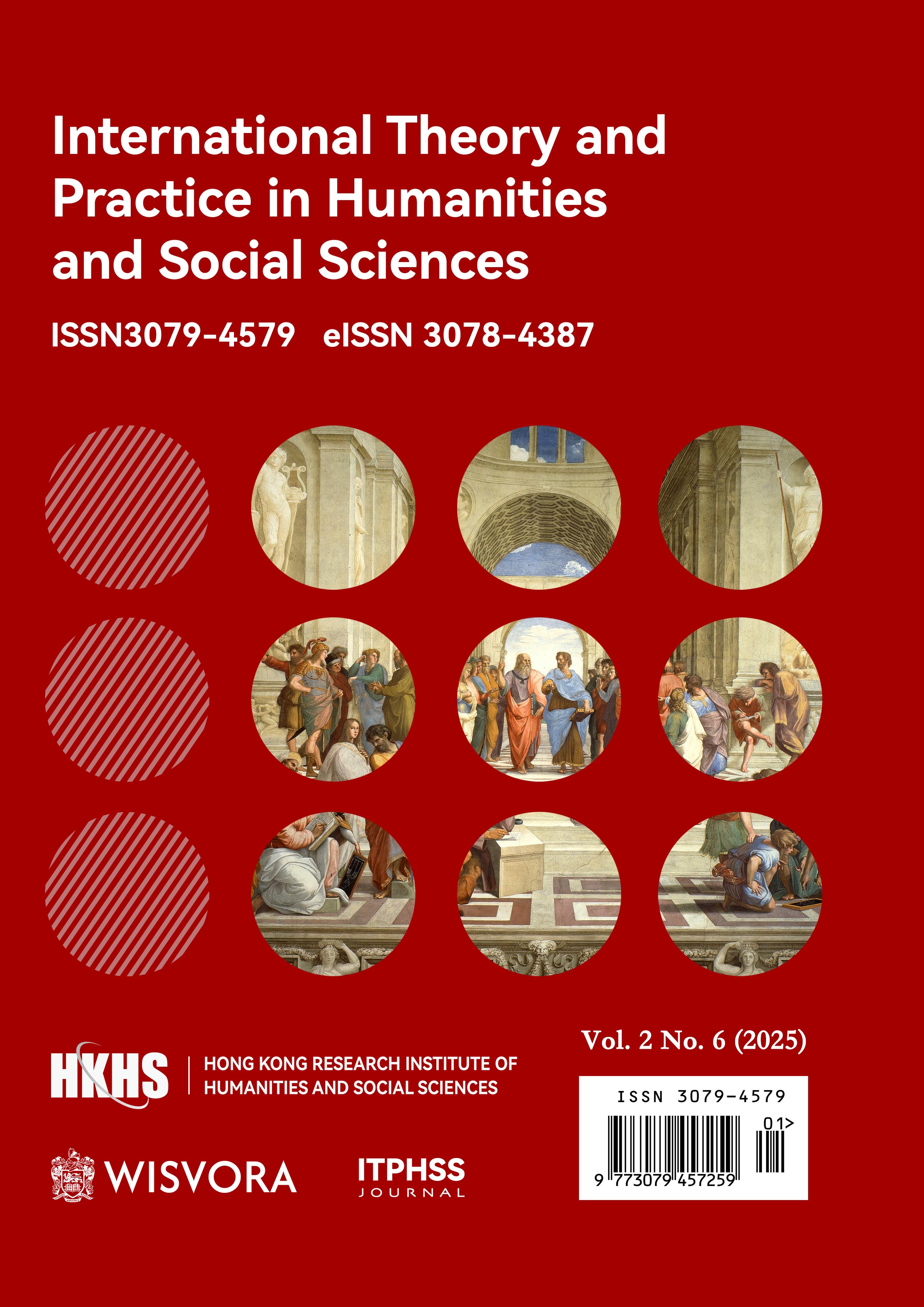Abstract
Purpose: This study aims to analyze and compare the latest compulsory education music curriculum standards in China and South Korea, exploring the different strategies employed in music education and their impacts. The Chinese "Compulsory Education Art Curriculum Standards (2022 Edition)" adopt a comprehensive art education framework, emphasizing the cultivation of aesthetic literacy, the inheritance of outstanding traditional Chinese culture, and interdisciplinary integration to enhance students' musical literacy, aesthetic appreciation, and cultural identity. The South Korean "2022 Music Curriculum" focus on developing "creative and integrative talents," highlighting the role of music education in fostering students' creativity, social adaptability, and cultural understanding. The curriculum content encompasses four core competencies: aesthetic experience, music creation, social communication, and cultural comprehension, incorporating interdisciplinary teaching methods, digital music technology, and modern popular music to broaden the scope of music education.
Methodology: This study employs Bereday’s Comparative Education Four-Step Method to systematically analyze the policy objectives, curriculum framework, learning goals and core concepts of the two countries' music curriculum standards. Literature analysis and policy text comparison are used to summarize the similarities and differences between the two standards.
Findings: The study reveals that China places greater emphasis on integrating music education with cultural heritage and aesthetic experience, while South Korea focuses more on aligning music education with modern technology, industry demands, and globalized arts education. Moreover, significant differences exist in curriculum implementation models, teaching methods, and evaluation systems between the two countries.
Practical Implications: The findings provide valuable insights for optimizing future music education policies and practices in China and South Korea. This comparative analysis not only deepens the understanding of the music education models in both countries but also offers theoretical and practical implications for future curriculum reforms, fostering international collaboration in arts education.
value: This study offers a novel contribution by comparing and analyzing the music curriculum standards of China and South Korea, highlighting their distinct educational philosophies, strategies, and implementation methods. The research provides a solid foundation for further refinement and improvement of music education policies in these two countries.
References
Corbisiero-Drakos, L., Reeder, L. K., Ricciardi, L., Zacharia, J., & Harnett, S. (2021). Arts integration and 21st century skills: A study of learners and teachers. International Journal of Education & the Arts, 22(2).
Akbarovna, I. S. (2024). THE IMPORTANCE OF COMPARATIVE PEDAGOGY IN PRESCHOOL EDUCATION. MASTERS, 2(8), 22-27.
The Ministry of Education of the People’s Republic of China (2022) Developing Art Curriculum Standards for Compulsory Education. Beijing Normal University Press, Beijing, 6-11.
Department of Education (2007). Music Department Curriculum (MOE Notification No. 2007-79 [Appendix 12]). Seoul: Ministry of Education.
Ministry of Education (2015). Music Curriculum (MOE Notification No. 2015-74 [Appendix 12]). Sejong: Ministry of Education.
Ministry of Education (2022). Music Curriculum (MOE Notification No. 2022-33 [Appendix 12]). Sejong: Ministry of Education.
Bereday, G. Z. F. (1967). Reflections on Comparative Methodology in Education, 1964‐1966. Comparative Education, 3(3), 169–287. https://doi.org/10.1080/0305006670030304
Alizadeh, A., & Habibi, H. (2025). Parental involvement in education: a comparative study of the United States, Japan, and Iran. Intercultural Education, 1-20.
Bakhshi, A., & Sabzeh, B. (2024). A comparative study of the goals of life skills education curriculum in Iran, Finland and Canada. Iranian Journal of Comparative Education.
Kang, Z. (2023). A Comparative Study of Music Curriculum Standard of Chinese Compulsory Education Art Curriculum ----Take 2022 Edition and 2011 Edition as Examples. Lecture Notes in Education Psychology and Public Media,11,89-94.
Huang, R., Liu, S., & Rutten, K. (2024). Why does it matter? A literature review on the functions of school arts education in China 2001–2022. Asia Pacific Education Review, 1-14.
Park, J. H. (2023). Analysis of Educational Discourse through Historical Changes of Music Curriculum in Korea. Asia-pacific Journal of Convergent Research Interchange (APJCRI), 497-506.
Rui, Z. (2015, April). Comparison of Multiculturalism Elements in Music Education between China and Korea. In 2015 International Conference on Social Science and Technology Education (pp. 770-775). Atlantis Press.
Chatterjee, D. (2024). The Role of Music Therapy in Stress Reduction. International Journal for Multidisciplinary Research (IJFMR), 6(2).
Weilage, C., Stumpfegger, E., & Maráz, G. (2025). Enhancing Cross-Cultural Skills Acquisition in Online Exchange Semester Programs. Journal of Student Affairs Research and Practice, 1-13.
Evison, F. (2024). ‘This Is My Place’: Considering the potential of place-based community music for community well-being and sustainability. international journal of community music, 17(3), 321-342.
Merchán Sánchez-Jara, J. F., González Gutiérrez, S., Cruz Rodríguez, J., & Syroyid Syroyid, B. (2024). Artificial Intelligence-Assisted Music Education: A Critical Synthesis of Challenges and Opportunities. Education Sciences, 14(11), 1171.

This work is licensed under a Creative Commons Attribution 4.0 International License.
Copyright (c) 2025 ZITONG LI (Author)

